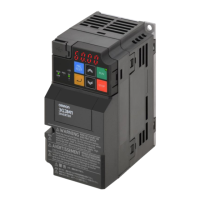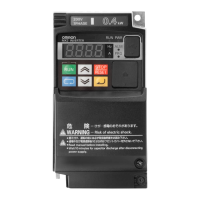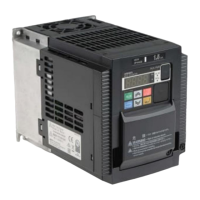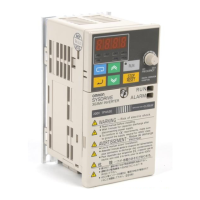A-4-17
Communication Data Formats of Parameters
This section describes the communication data format for accessing manufacturer-specific objects 2
(inverter parameters) in EtherCA
T communications (PDO and SDO).
Data Format Specification
All data in the data field of a communications frame is represented as 16-bit binary data as shown be-
low.
16-bit binary data
1
5
14 13 12 11 10 9 8 7 6 5 4 3 2
1 0
For convenience of description, 16-bit data is divided into the upper byte (8 bits from 15 to 8) and the
lower byte (8 bits from 7 to 0) and represented in hexadecimal.
For example, the following data is 1234 hex in hexadecimal representation and is described as
.
0 0 0 1 0 0 1 0 0 0 1 1 0 1 0
0
Data Format [1]: Integer Data (Positive), Resolution 1
Example: 1st Rated Voltage at Base Frequency
(3004-06 hex) = 200 V
200 = 00C8 hex →
Data Format [2]: Integer Data (Positive/Negative), Resolution 1
Example: -20
-20 = FFEC hex →
Data Format [3]: Decimal Point Data (Positive), Resolution 0.1
Example: 1st Maximum Output Frequency (3004-04 hex) = 70.0 Hz
70.0 × 10 = 700 = 02BC hex →
Data Format [4]: Decimal Point Data (Positive/Negative), Resolution 0.1
Example: Input Terminal [AI1] Offset (3006-20 hex) = -5.0%
-5.0 × 10 = -50 = FFCE hex →
Data Format [5]: Decimal Point Data (Positive), Resolution 0.01
Example: Multi-step Frequency Reference 1 (3006-06 hex) = 50.25 Hz
50.25 × 100 = 5,025 = 13A1 hex →
Data Format [6]: Decimal Point Data (Positive/Negative), Resolution 0.01
Example: Torque V
alue (3003-08 hex) = -85.38%
Appendices
A-174
M1 Series EtherCAT Type User’s Manual (I670)

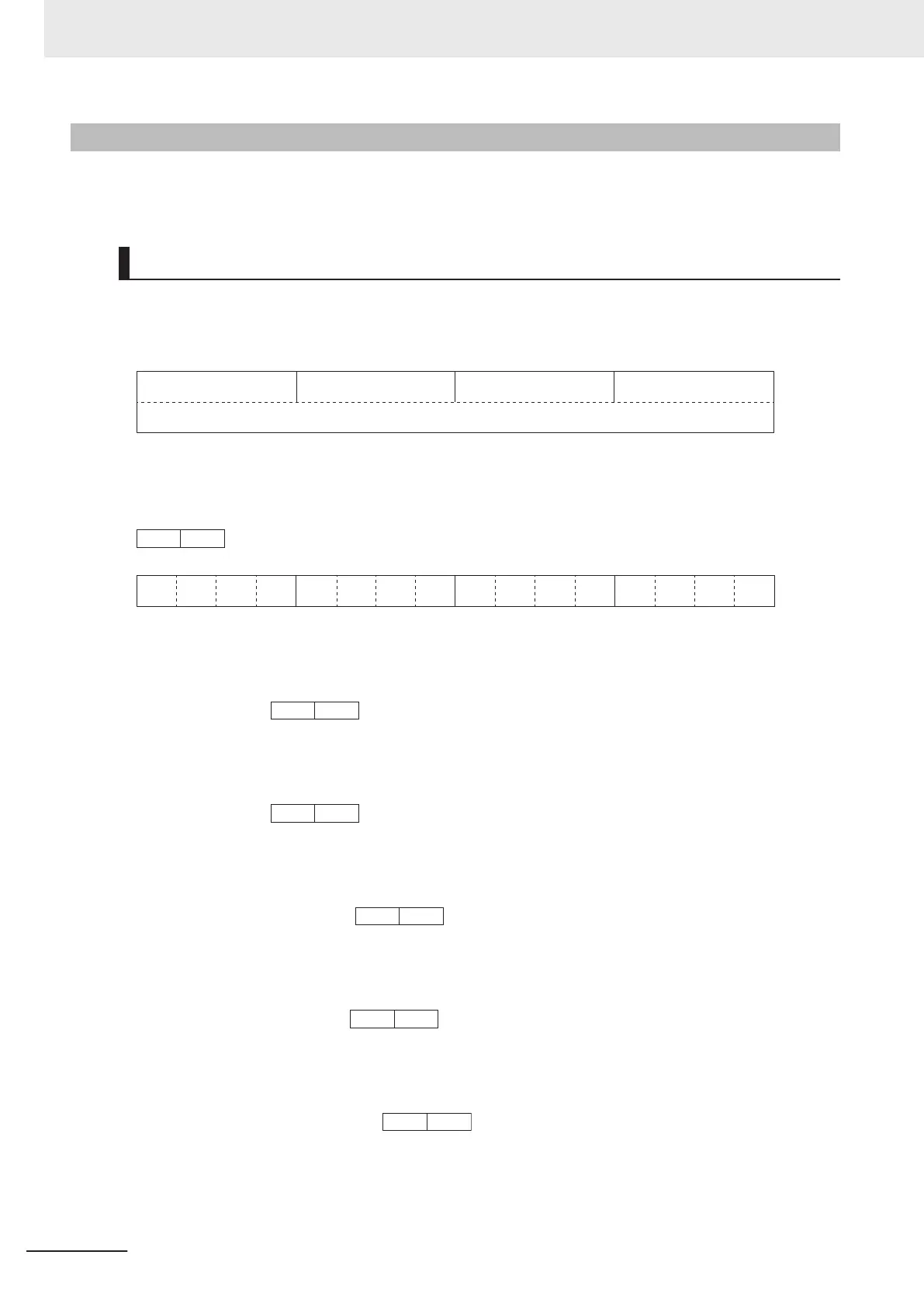